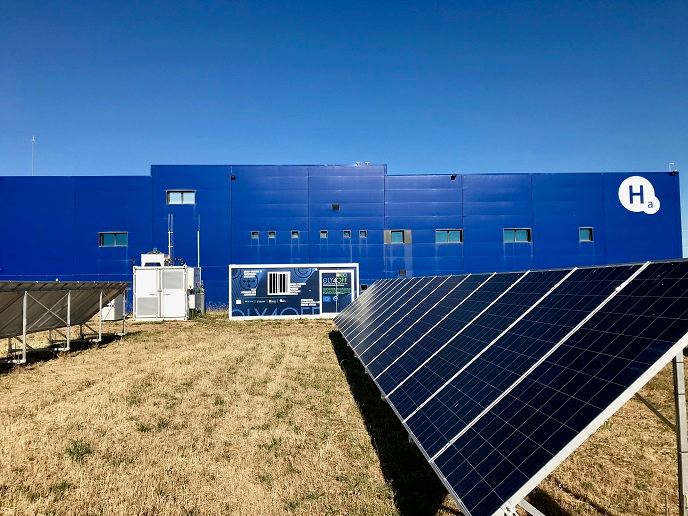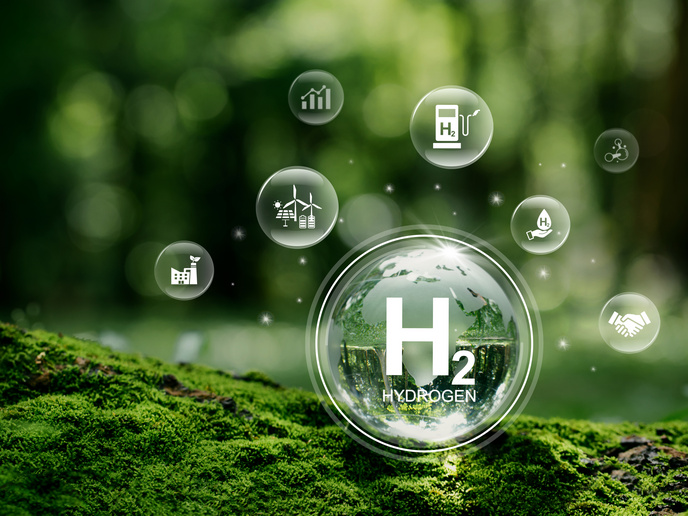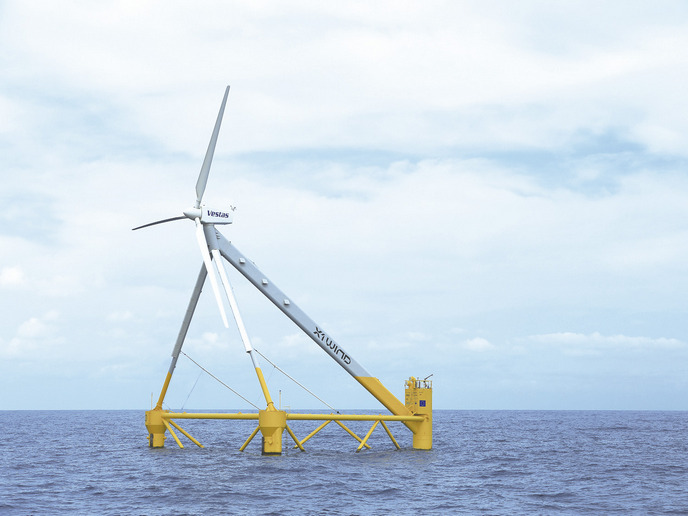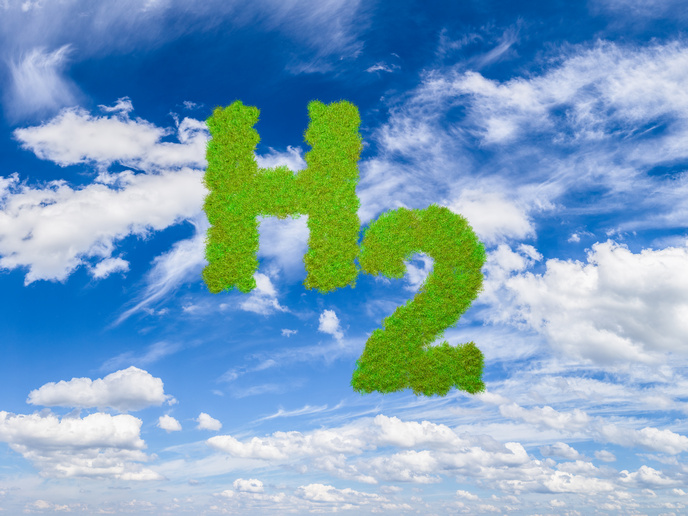Water electrolysis – a promising remedy for the off-grid solar energy storage problem
Renewable energy sources such as solar suffer from supply and demand imbalances: they produce a surplus of unused energy during the summer months when electricity demand is low, and provide limited energy during the winter months when electricity demand peaks. To overcome this challenge, renewables must be supplemented with energy sources that can instantly fill the gaps in energy supply and demand. Hydrogen production provides this much-needed solution for storing renewable energy. If solar power is used, hydrogen production is in itself a clean process. The energy surplus is used to power electrolysis, a process that separates water into its constituents: hydrogen and oxygen.
Hydrogen energy storage: the best off-grid alternative
Diesel generators are currently one of the most common off-grid solutions for backing up solar power. However, these generators release large amounts of carbon dioxide, nitrogen oxide and other harmful emissions into the atmosphere. What’s more, operating costs are largely affected by the volatile diesel market. “Batteries could be another option for storing solar energy for later use, but they would need to be giant to manage seasonal variations. Besides being run by zero-carbon renewable electricity, electrolysis can manage both short- and long-term transient variations in renewable supply,” notes Pedro Casero, coordinator of the EU-funded ELY4OFF project. ELY4OFF successfully demonstrated an autonomous off-grid electrolysis system exclusively sourced by solar power technology. “We designed a 50-kW proton exchange membrane (PEM) electrolysis system coupled to a solar cell. The hybrid system produces over 1.5 tonnes of hydrogen per year. PEM electrolysis technology has fast response time and start-up/shut-down characteristics. Hydrogen production starts immediately at ambient conditions,” explains Casero. Overall, the hybrid system works at high efficiency at any load, producing high-purity hydrogen for any use. All of these are possible thanks to a reliable control and communication system that allows safe, robust and energy-efficient operation. The project boasts the development of a novel connection system between the power source and the PEM electrolyser. Depending on the load, current solutions that rely on the combined use of a rectifier and an inverter demonstrate a maximum efficiency of around 92 %. ELY4OFF’s solution achieved impressive efficiency rates, as high as 97.4 %.
On-grid versus off-grid hydrogen production
Most electrolyser producers typically provide products optimised for on-grid scenarios, where the solar system is tied to a utility’s grid that guarantees stable and permanent power supply. These solutions cannot apply to off-grid configurations: the power source is variable – it can even drop to zero in a matter of seconds or less – the electrolyser has to shut down and start every day, and needs a backup system to protect its core elements. ELY4OFF successfully dealt with all of these aspects. Its goal was to improve the efficiency of the overall process – hydrogen production and round-the-clock reliable operation of the hybrid system. There are many locations worldwide suitable for installing solar cell systems that ultimately fail to materialise due to lack of grid infrastructure. “What ELY4OFF shows is that hydrogen from renewable energy can be produced almost anywhere and for multiple uses: telecom backup power, fuel cell vehicles, or even fertiliser production,” concludes Casero.
Keywords
ELY4OFF, electrolysis, off-grid, hydrogen production, proton exchange membrane (PEM), energy storage, renewable energy, solar power







